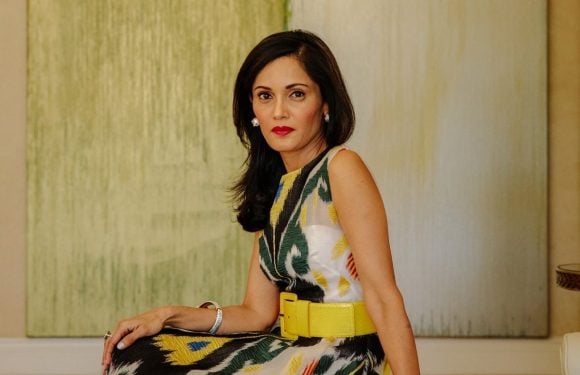Racial and gender diversity in the art market
Exploring artist representation in a conversation for The Bulletin with UBS, a Monocle podcast

Exploring artist representation in a conversation for The Bulletin with UBS, a Monocle podcast

Artist representation is one of the art world’s most critical issues, with bias against race and gender present across the sector, in museums, galleries and the auction market.
Our panel, including collectors Agnes Gund and Komal Shah, leading cultural economist Clare McAndrew, and editor Charlotte Burns review bias in the market and examples of private programs tackling marginalization based on gender, race, class, and age.
‘We’re still faced with a stark picture of underrepresentation and lower success for female artists and minorities,’ says Clare McAndrew. ‘If we look at the auction sector, about 4% of the value of sales in 2008 were made up of works made by women artists. Now it’s about 7%. It’s an improvement, but there’s still a huge gap’. Charlotte Burns, the author of an analysis on the topic by Artnet and In Other Words, echoes McAndrew’s findings. Her research indicates that a rise in sales of women artists reflects a ‘top-heavy’ market, rather than systemic change: ‘The majority of growth is driven by five artists, who represent 40% of global sales. That’s also something we see with the market for African American artists where it’s also not a big change: 7.7% of all exhibitions, and only 2.37% of acquisitions.’
Conscious of these societal biases, some collectors are developing programs towards greater equality. Among them is Agnes Gund, a philanthropist and social justice advocate, who is also President Emeritus of the Museum of Modern Art in New York, and Chairman of its International Council. She believes ‘that art creates the compassion and empathy necessary to drive social change.’ In 2017, she sold ‘Masterpiece’ (1962), a much-loved work from her collection by Roy Lichtenstein, using the proceeds to establish the Art for Justice Fund. The initiative seeks to support criminal justice reform and reduce mass incarceration in the United States.
Gund was inspired to take a stand against inequality in the criminal justice system after reading Michelle Alexander’s ‘The New Jim Crow’ and Bryan Stevenson’s ‘Just Mercy’, and watching Ava DuVernay’s ‘13th. Her drive to create a fairer society is reflected in her personal collection, which, she explains, has ‘long had a focus on women and artists of color.’ As a trustee she believes it is ‘our duty to reach the broadest possible public…the museum's leadership needs to accurately reflect the populations they serve’.
For California activist, tech entrepreneur and collector Komal Shah, acquiring art has similarly become an opportunity to redress the art world’s balance, with the aim of establishing a market more reflective of our society as a whole. ‘My collection focuses primarily on abstraction […] I’m very fortunate that, today, some of the top abstract painters are women,’ she says, citing names including Laura Owens and Amy Sillman, as well as other women artists who form part of her collection, such as Dana Schutz. Her advice to collectors? ‘Look at art based on merit; remove the lens of gender or race.’
Aired on The Bulletin with UBS, a podcast from Monocle.
December 2020